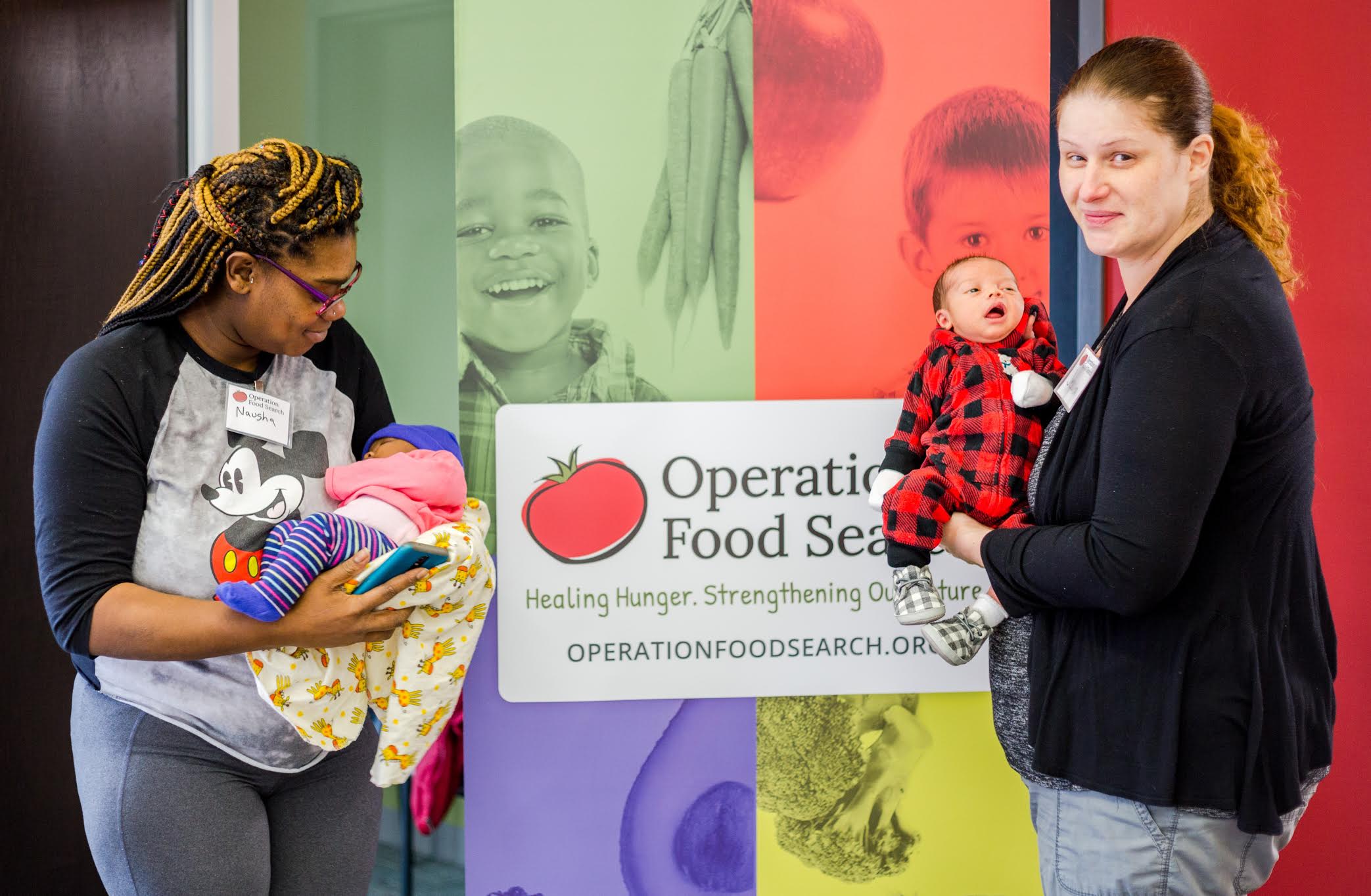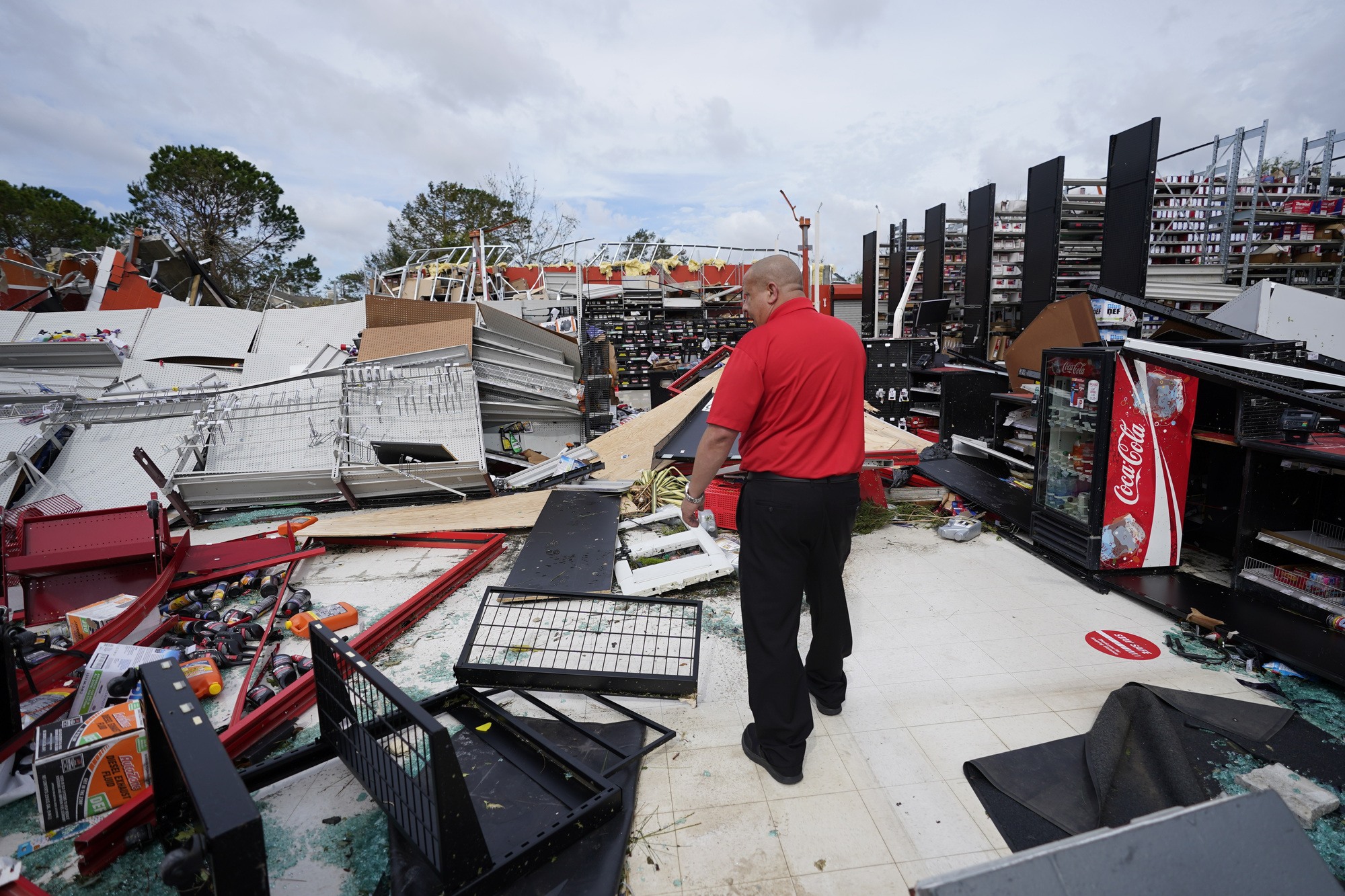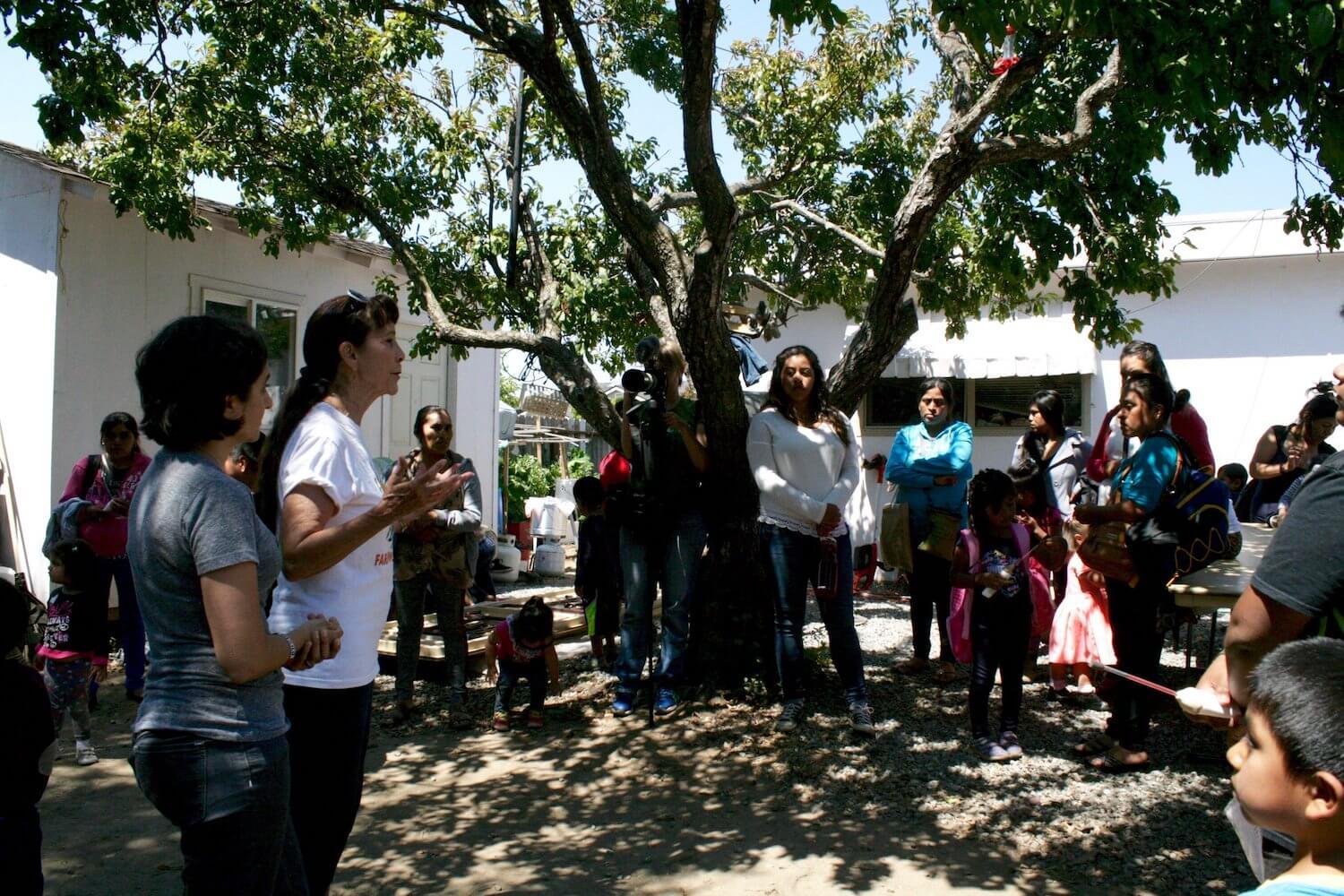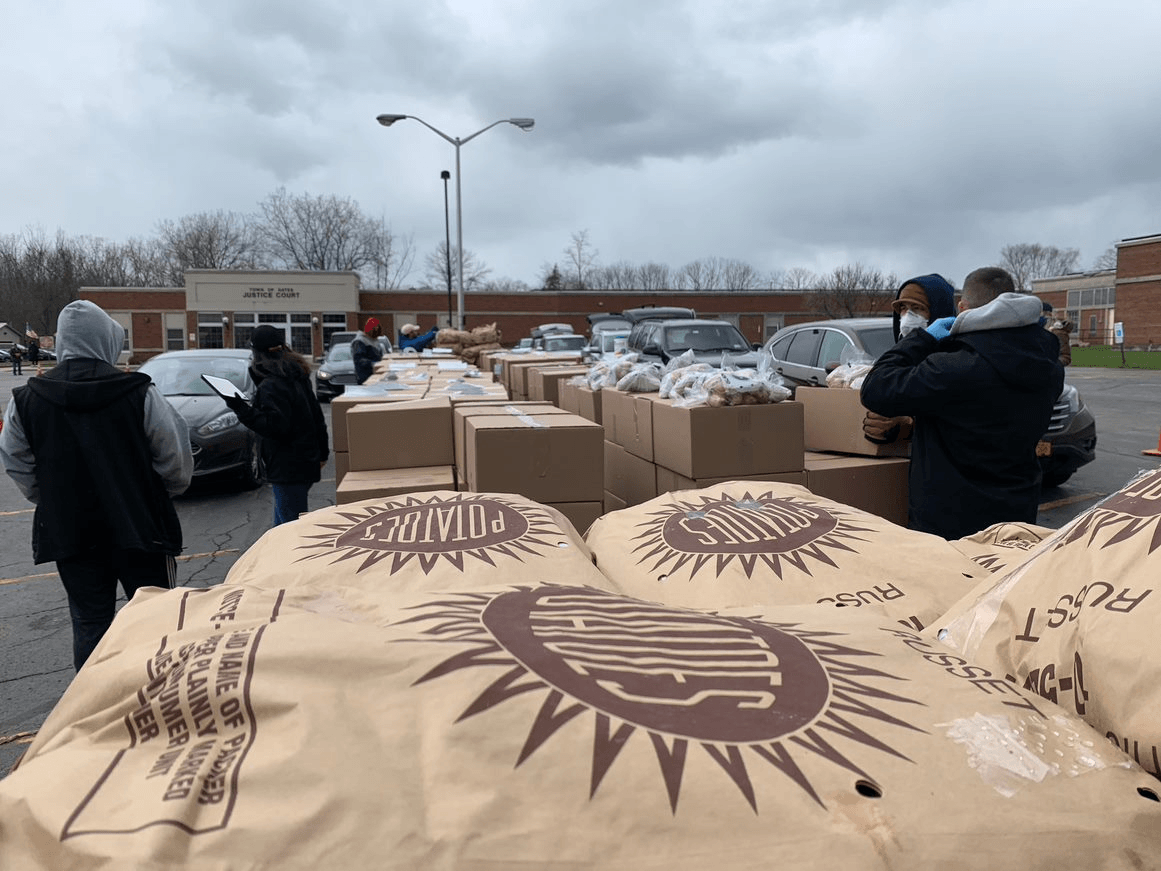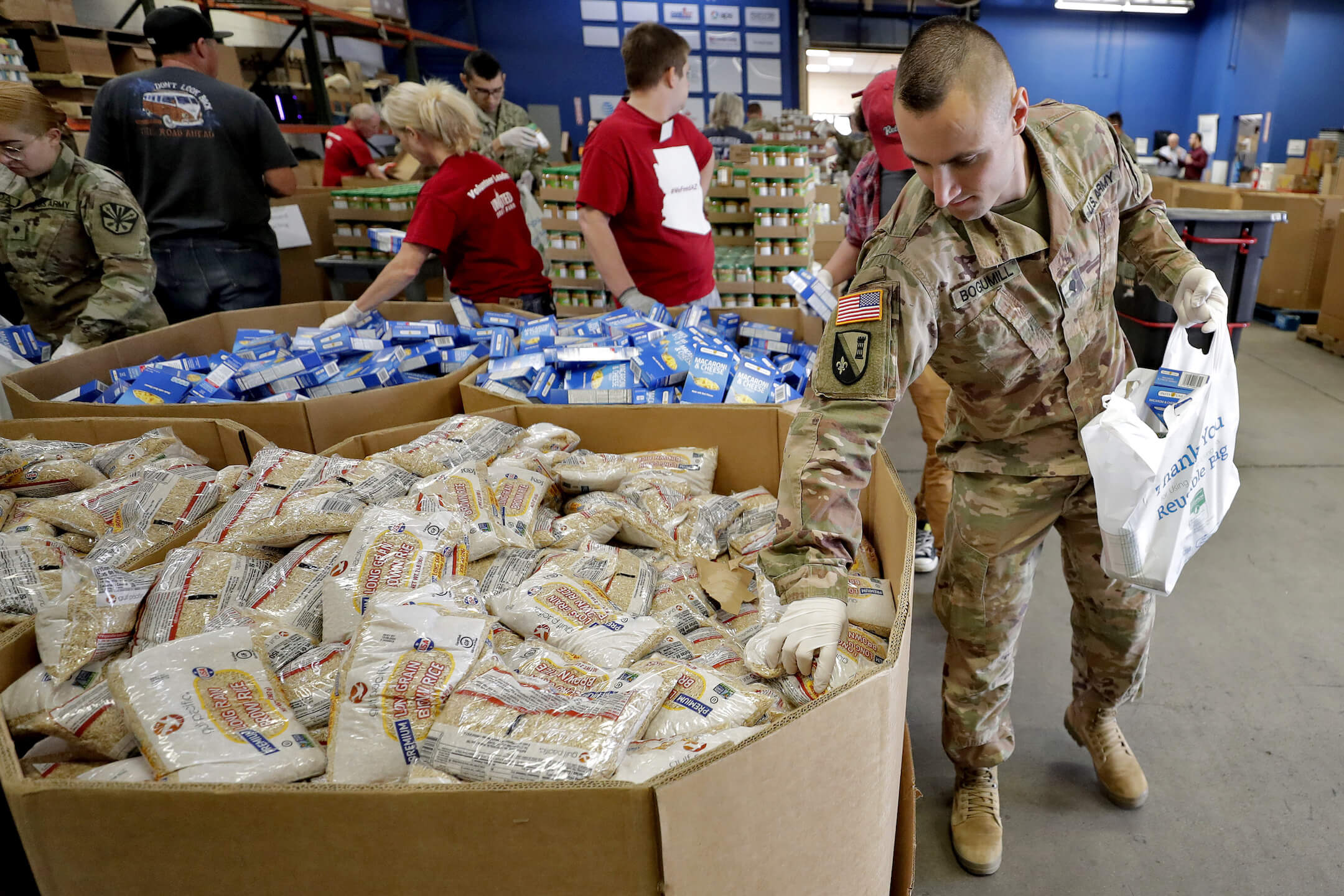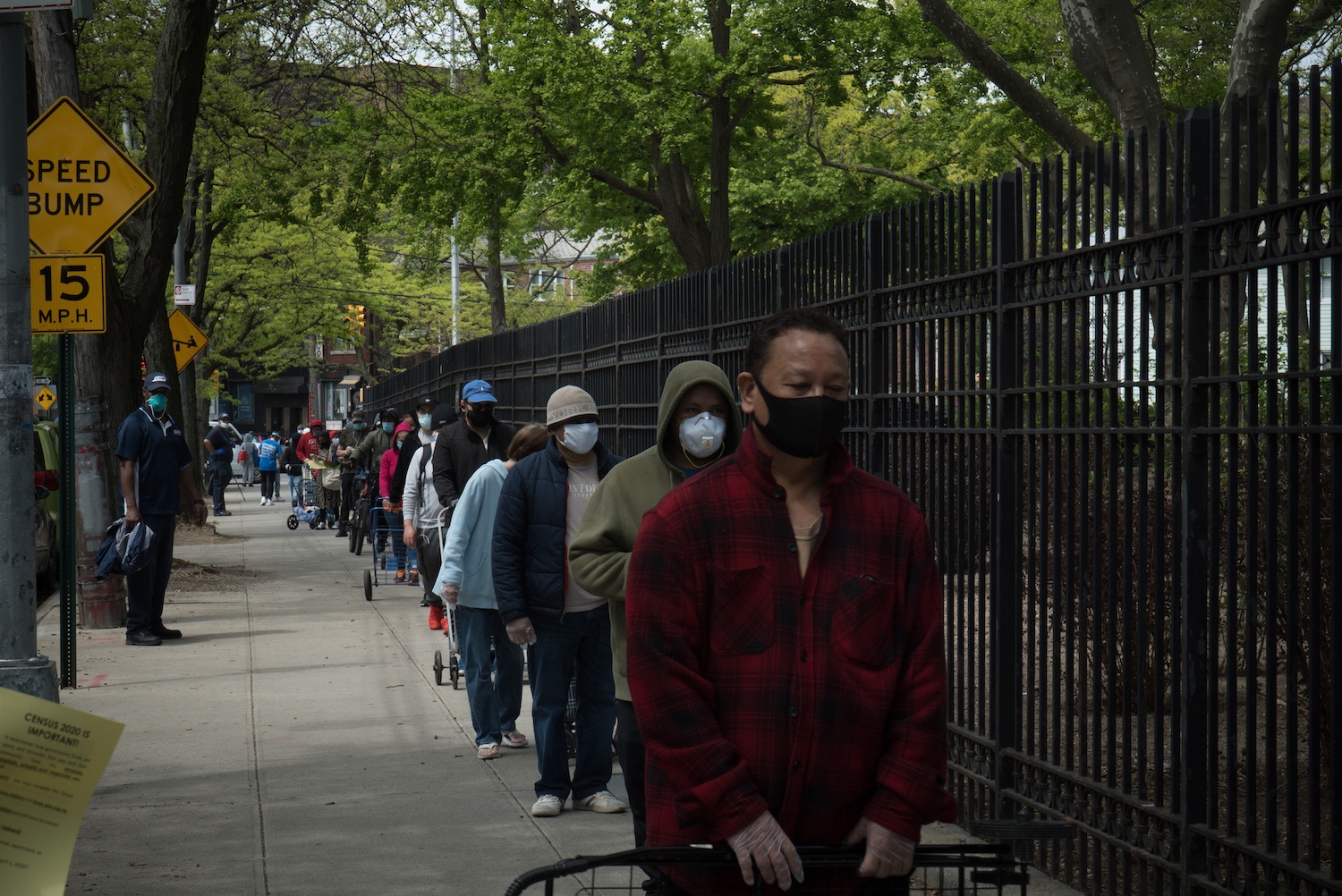As food insecurity remains high, food pantries evolve into mini-warehouses to meet demand.
Food pantries across New York City are making costly infrastructure investments—think forklifts, cold-storage units, and carports—to accommodate both surges in supply and demand from residents. This is turning them into “mini-Costcos,” as one food bank staffer put it to The New York Times. Food insecurity has risen during the Covid-19 pandemic, while many pantries and soup kitchens have closed. That means the remaining facilities have had to scale their operations up. With the help of donations, they’re purchasing more warehousing equipment to meet the logistical needs associated with storing and distributing large amounts of food. Pantry volunteers are also putting in more hours just to keep operations running smoothly at their current scale.


